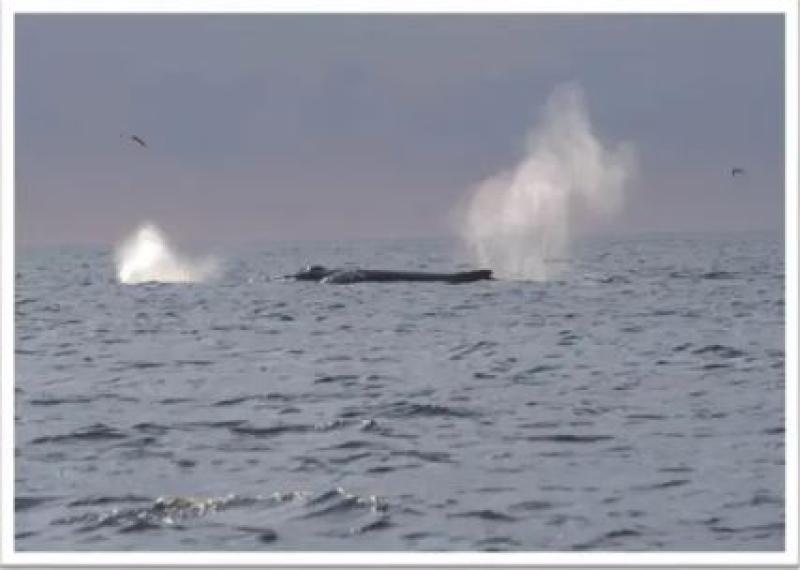
How to safely operate your vessel around whales
by NOAA Fisheries 11 Jun 2023 06:10 PDT

A whale breaching the surface to breathe © Whale and Dolphin Conservation
Large whales can be a safety hazard for recreational boaters and fishermen because they can surface unexpectedly and are hard to detect in certain weather conditions.
Several species, including humpback whales, inhabit the New England and mid-Atlantic coasts in larger numbers during the summer. They come to feed on sand lance, small schooling fish, and other types of prey. As whales feed at the surface and close to shore, the chances of encountering one increases. Accidental collisions with these large animals can be dangerous for everyone involved and can result in costly repairs to your boat.
Safety tips for navigating near whales
A vessel of any size can strike a whale. Follow and share these easy-to-remember tips from the See a Spout? Watch Out! boater education program to keep safe when operating a vessel in waters shared by whales.
See A Spout? Watch Out!
Did you see a spout, a tail, or a breaching whale? Slow down and post a lookout. Some whales dive 20 minutes or more. Seeing one whale at the surface means more could be nearby. Proceed cautiously!
Lots of boats, talk to folks!
If there is a commercial whale watching boat or group of boats at idle or slowly under way, contact them via VHF radio (CH 9 or 16) to verify if whales are in the area. If you are hoping to view the whale, coordinate viewing efforts. If you are looking to transit past, do so safely by posting a lookout. Travel at idle speed until you are certain the whale is a safe distance away.
Avoid troubles, steer clear of bubbles!
Some whales, such as humpback whales, create "bubble clouds" and "bubble nets" to corral schools of small fish. Never approach or drive through bubbles. A feeding whale is likely to surface in that space!
Tips for whale watching
When stopping to watch whales, it is also important to remember:
Head on is wrong!
Whales are protected under federal law, so interrupting their natural behaviors is illegal. Stay parallel to the whale's course and direction while staying at least 100 feet away to avoid cutting off its path or getting too close. Give North Atlantic right whales more space —it is illegal to approach within 1,500 feet/500 yards (five football field lengths) in U.S. waters.
Don't chase, give the whales space!
If a whale moves away from your boat, don't chase it. Respect the whale's behavior and keep your distance. Cautious boaters may get to see exciting natural behaviors. Enjoy the whales; don't endanger them or yourself.
Before you head out
Save NOAA's stranding hotline to your phone
Call (866) 755-6622 if you see an injured, dead or entangled marine mammal (whales, dolphins, or seals) and sea turtles from Maine to Virginia. Sightings may also be reported to the US Coast Guard via VHF Ch. 16.
Download the app
Get the free Whale Alert App on any Apple or Android device to report sightings of whales and to receive alerts about whale management areas.
Learn more!
The See a Spout? Watch Out! program offers a short, free, self-guided boater education course that includes how to identify common whale species along the U.S. Atlantic coast and recognize many of their behaviors, whale watching guidelines to practice while at sea, and what to document and who to call if you encounter a whale in distress.
See a Spout? Watch Out! is sponsored and implemented by:
- NOAA Fisheries Greater Atlantic Regional Fisheries Office
- Stellwagen Bank National Marine Sanctuary
- Whale and Dolphin Conservation
- Audubon Society of Rhode Island
- New Bedford Whaling Museum